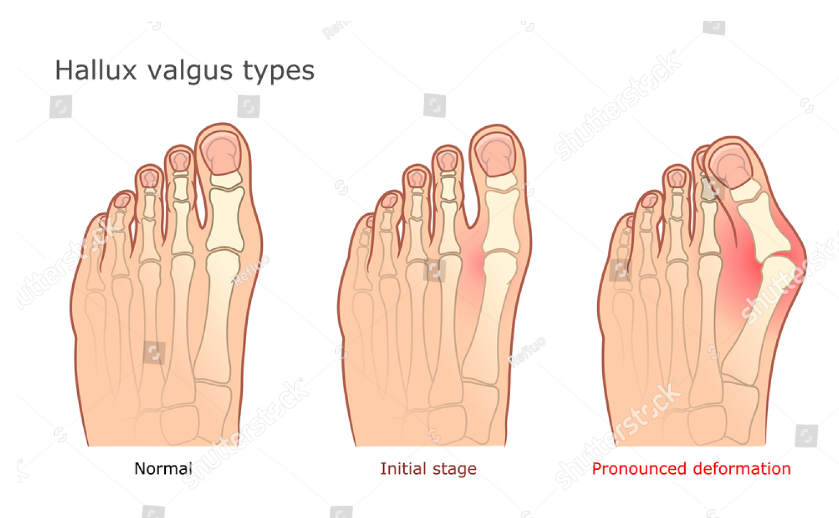Cheilectomy for Big Toe Arthritis
Book a free Intro call today to discuss options for Cheilectomy for Big Toe Arthritis - Email: Mrshariff-sec@outlook.com Tel: 07500 938115
What is Cheilectomy for Big Toe Arthritis?

Important Post-Operative Advice after Cheilectomy for Big Toe Arthritis
POST OPERATIVE ADVICE
Wound site: The wound is closed with stitches and a dressing. It is important to keep the foot elevated to above groin level for the first 72 hours following the operation. This helps to limit swelling and reduce post operative complications. A post-op shoe will be applied in most cases and needs to be worn when walking. The dressing needs to be protected when having a bath or shower until the wound is fully healed.
An appointment to attend the outpatient department around two weeks following the procedure will be arranged. The bandage and dressings will be removed along with any stitches and your wound site will be inspected.
Recovery period: It is important to exercise the joint by holding the big toe and gently moving it up and down. Performing these exercises regularly and at a early stage following surgery allows the best possible result. Swelling after this operation persists for about 3 months. As raw bone is left, the benefit of the operation takes about 6 weeks and the symptoms should then continue to improve for up to 12 months.
Returning to work: This depends on the type of work. For an office or sedentary type of employment patients may resume work after the 2 week appointment. However, if the employment is physically demanding and involves long periods of standing then it is advisable to refrain from work for a longer period of time.
Driving: For an automatic car it may be possible to drive following the 2 week appointment if all is well. You must be able to perform an emergency stop. Notify your insurance company of the type of operation that you have undergone to ensure that cover is valid.
Sport: Depending on pain, it is possible to resume sport at around 3 months.
Possible Complications of Surgery
Infection: Occasionally occurs in a small percentage of patients. Minor infections normally settle after a short course of antibiotics. However, it is possible that further surgery may be required to remove infected bone.
Numbness or tingling: at the surgical site(s) can occur as a result of minor nerve damage. Often this is temporary; however, the numbness or sensitised area may be permanent.
Incision site: The outer surface of the foot where the blood supply is not so good may be slow to heal. If this is the case, more frequent wound dressings may be required to ensure that the wound does not become infected.
Failure to relieve pain: patients may continue to have pain and or stiffness following cheilectomy; they may then require a fusion.
Scarring: any type of surgery will leave a scar. Occasionally this causes pain and irritation.
Blood clots: Deep vein thrombosis (D.V.T.) or Pulmonary Embolus (P.E.) are rare. Please inform the team if you have had a D.V.T. or P.E. before or if you have a family history of clotting disorders.
Kent’s Holistic Foot & Ankle specialists
The Sajid Shariff clinic is a private orthopaedic clinic based in SE London and Kent that specialises in surgical and non-surgical treatment of foot and ankle conditions including Cheilectomy for Big Toe Arthritis.
Keep an eye on the shape of your feet; if you see changes see a doctor to find out if there are any recommendations to prevent hallux valgus from forming

Use a variety of exercises to stretch your feet and calves

Try to avoid shoes that have a heel or pointed toe

